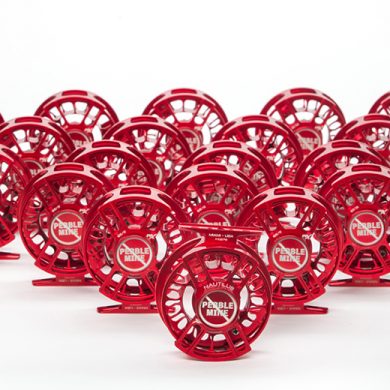The Tunny Club Exhibition showcases a selection of unique gilded prints from a bygone era taken between1934 and 1949.
The 1930’s saw a surge in big game fishing off the coast of Scarborough and attracted fashionable anglers from all over the world in hope of hooking one of these legendary fish. Few believed it was possible to catch the mighty Bluefin tuna in British waters, yet in the 1930s the Yorkshire coastal towns of Scarborough and Whitby were at the forefront of British big game fishing and for game fishermen the bluefin tuna, or ‘tunny’, weighing an immense 500lb to 800lb was the ultimate game fish and was soon considered the big prize for Britain’s wealthy fishing elite.
The characters within the photographs each have a story to tell. A group of friends led by the flamboyant Captain Rainie Fuller would head north each summer to indulge in this new-found sport.
Rainie Fuller fought in the trenches in the Great War and became one of the early pioneers in the sport of tunny fishing. In August 1935, an 18-year-old Jim Prioleau, who features in many of the photographs went on to become an ace RAF pilot from 90 Air Squadron, later to be shot down off Klint, Denmark on 20 April 1943 at the age of just 26.
Sybil Hermon Hodge, a 28-year-old society beauty became one of the Tunny Club’s passionate female members after the club’s establishment in 1933. Sybil’s sisters, Lilah and Vickey Hare were also keen anglers, the latter went on to marry George Wills, who also features in 1935.
Viola Fraser, daughter of Rainie Fuller, is to be thanked for supplying the immaculate family photograph albums that make this exhibition possible.
THE EXHIBITION
‘The Tunny Club’ is an exhibition produced by Jamie Foale and Tim Wace, devoted to telling the story of these contemporaries from their early expeditions in 1934 to their final war-ravaged jaunts in 1949.
All prints are made via Jamie Foale’s gilded technique, developed in 2011 in his studio in London. The technique marries modern print making techniques with traditional verre eglomisé gilding as the prints are mounted onto acrylic, allowed to cure and then gilded behind.
The results resemble early era daguerreotype silver plate photographic prints, allowing light to reflect off of the gilt through the digital print.
You may download the full PDF of the exhibition guide from the download section of this website (above right)

